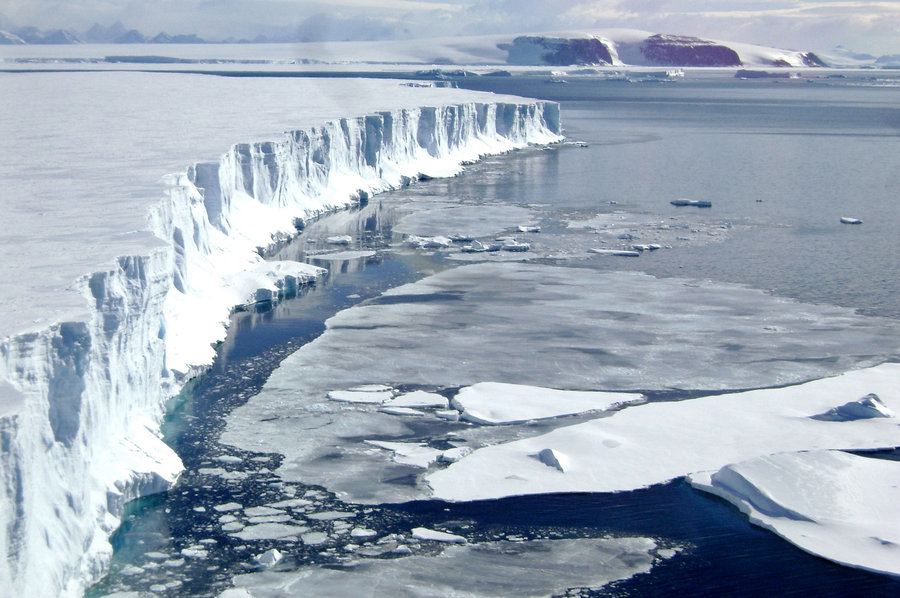
Scientists to Visit Greenland’s Remote Region for Monitoring Pace of Ice Melt around US Military Base
A team of international scientists is busy in planning a long-term expedition to the remote northwest of Greenland for finding out the pace at which the ice sheets are melting around the US military base.
Thanks to the intensifying global temperature which is swiftly attributing to the mounting rate of ice sheet melt around the world and the remote regions of Greenland – the autonomous constituent country of the UK is no exception. The massive ice sheets in this 2.166 million km² large continent have been notably liquefying, and scientists across the world have expressed their great concerns regarding the melt as it can contribute to the alarming rise in sea water level. Now to keep an eye on the ice melt in Greenland’s remote northwest and to monitor the pace at which the ice sheets are melting, a team of Scientists in Denmark re planning an expedition to the region.
As officially confirmed over this weekend, a team of scientists from Geological Survey of Denmark and Greenland (GEUS) are busy in planning a scientific trip to Greenland’s distant northwest for measuring how fast the ice sheets are thawing out in the region of the US military base, that belongs to the Cold War-era. The intensifying melt of the ice in the remote regions of Greenland has been putting the environment at risks of the toxic waste leakage from the melting ice and to prevent any such mishaps; the scientific expedition will carry a lot of significance.
The mission team includes six climate researchers who will set up camps near the US military army camp for measuring ice temperatures of the regions, presented at least 55 metres or 180 feet underneath the surface. The mission will start on July 12th, 2017 and will go on up to August 9th.
The project somehow sounds like a famous James Bond film. The army engineers of the United States started the ultramodern “Camp Century” in 1959 which officially was served as a research laboratory. But in its classified site, the ice-buries camp was acted as a surreptitious nuclear missile facility for the United States Army. As the camp is completely buried in ice and because of climate change and global warming, the ice has been thawing out; scientists are now expecting that the rising temperatures can also cause the leak toxic waste from the snow-covered base which eventually will cause a great hamper to the environment.
According to William Colgan, a research climatologist and project manager at the Geological Survey of Denmark and Greenland (GEUS), “During this trip, we will focus more on finding out the amount of ice melt that is going on around the army camp and will also calculate ice temperatures for taking the measurement and mission forward. The mission is projected for three weeks, and apart from ice melt, there will be loads of complicated things like logistic which we have to manage.”


